What is a Pre Trip Inspection Checklist?
A Pre Trip Inspection Checklist is a vital tool used by drivers, particularly those operating commercial vehicles, to ensure that their vehicle is safe and roadworthy before embarking on a journey. This checklist typically includes various components of the vehicle, such as brakes, lights, tires, and fluid levels, which need to be inspected to prevent accidents and ensure compliance with safety regulations.
Why is a Pre Trip Inspection Checklist important?
Conducting a Pre Trip Inspection is crucial for several reasons. First, it helps identify potential mechanical issues that could lead to breakdowns or accidents while on the road. Second, it promotes safety not only for the driver but also for other road users. Lastly, many jurisdictions require drivers to complete this checklist as part of regulatory compliance, thereby avoiding potential legal repercussions.
Who is responsible for completing the Pre Trip Inspection Checklist?
The responsibility for completing the Pre Trip Inspection Checklist typically falls on the driver of the vehicle. It is their duty to ensure that the vehicle is in proper working condition before starting a trip. However, fleet managers and vehicle owners also play a role in ensuring that drivers are trained and equipped to perform these inspections effectively.
What should be included in a Pre Trip Inspection Checklist?
A comprehensive Pre Trip Inspection Checklist should cover various aspects of the vehicle. Key items often include checking the brakes, lights, and signals; inspecting tires for proper inflation and tread depth; examining fluid levels such as oil, coolant, and brake fluid; and ensuring that safety equipment, such as fire extinguishers and first aid kits, are present and functional. Each of these components is essential for maintaining vehicle safety and performance.
How often should the Pre Trip Inspection Checklist be completed?
The Pre Trip Inspection Checklist should be completed before every trip. This practice ensures that any potential issues are identified and addressed before the vehicle is on the road. In addition to daily inspections, drivers should also perform more thorough inspections periodically, especially for long-haul trips or after a vehicle has been out of service for an extended period.
What are the consequences of failing to complete a Pre Trip Inspection?
Failing to complete a Pre Trip Inspection can lead to serious consequences. If a vehicle is found to be unsafe during a roadside inspection, the driver may face fines, penalties, or even suspension of their driving privileges. Moreover, an accident resulting from a mechanical failure could lead to liability issues, including lawsuits or increased insurance premiums. Therefore, completing this checklist is not just a best practice; it is essential for legal and safety reasons.
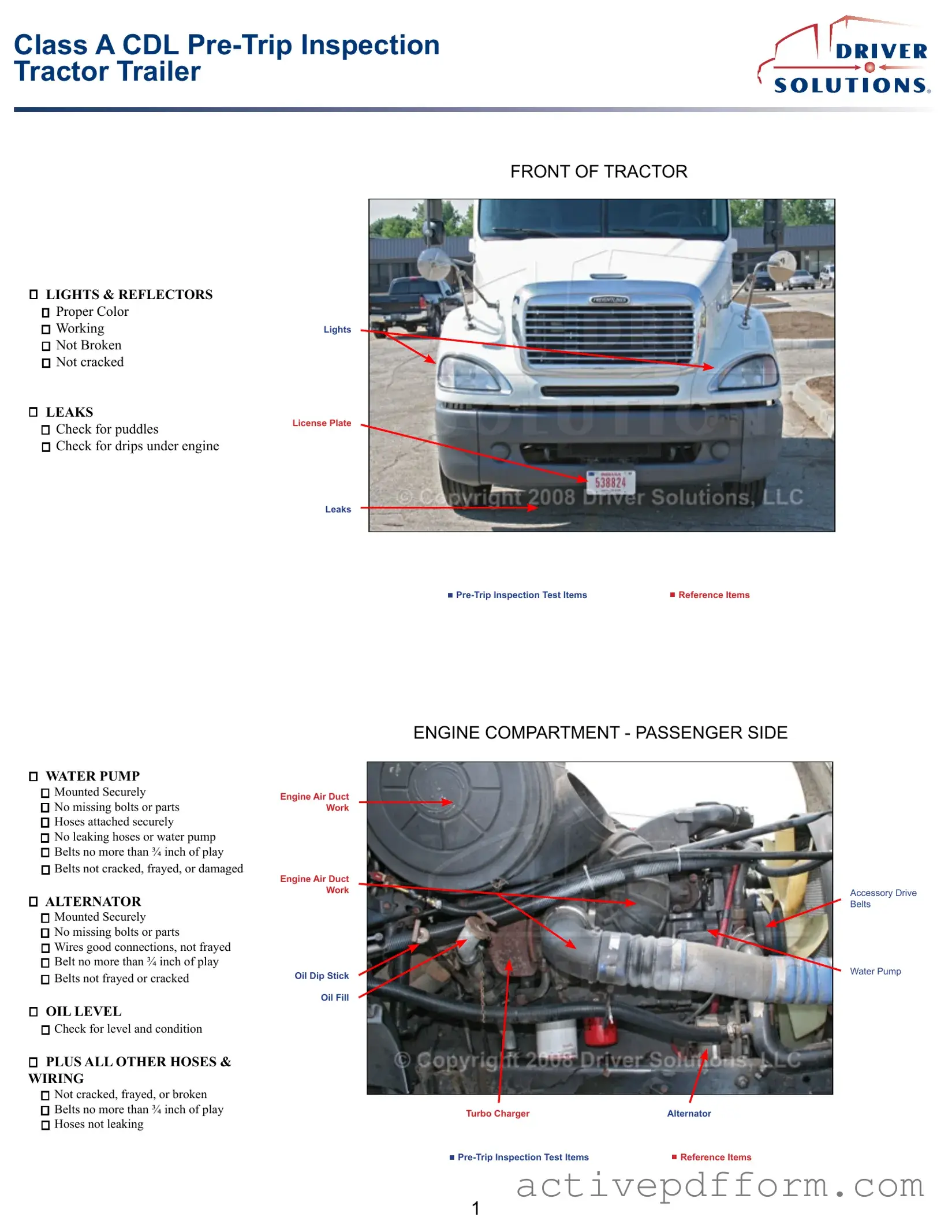
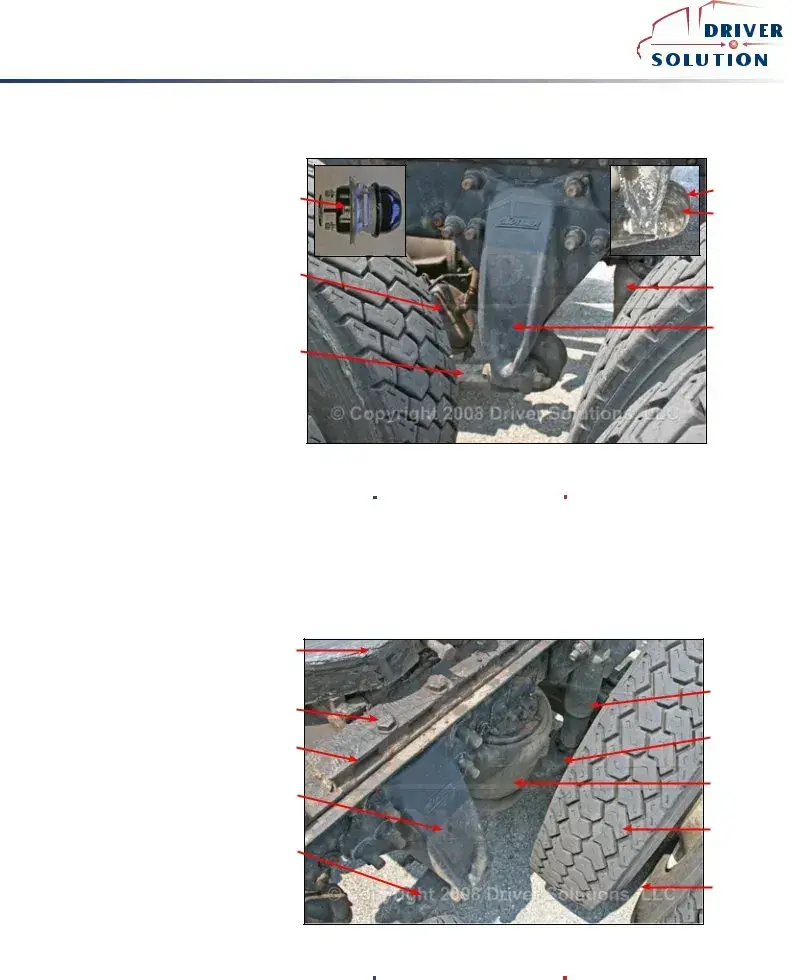
 ®
®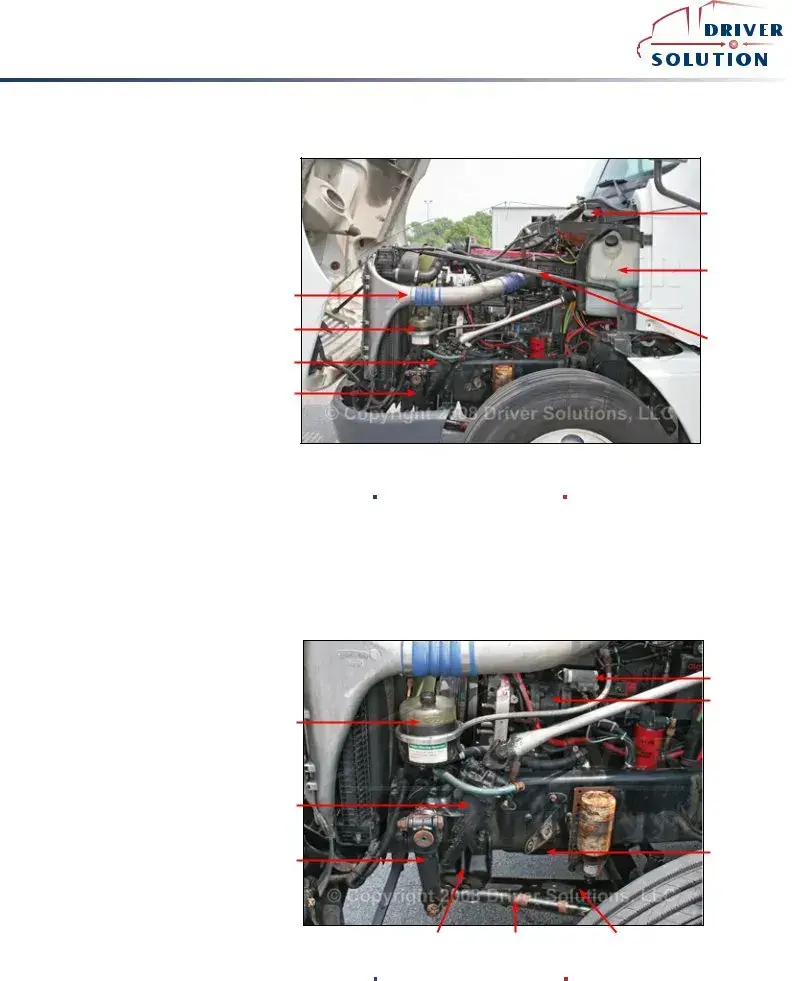
 ®
®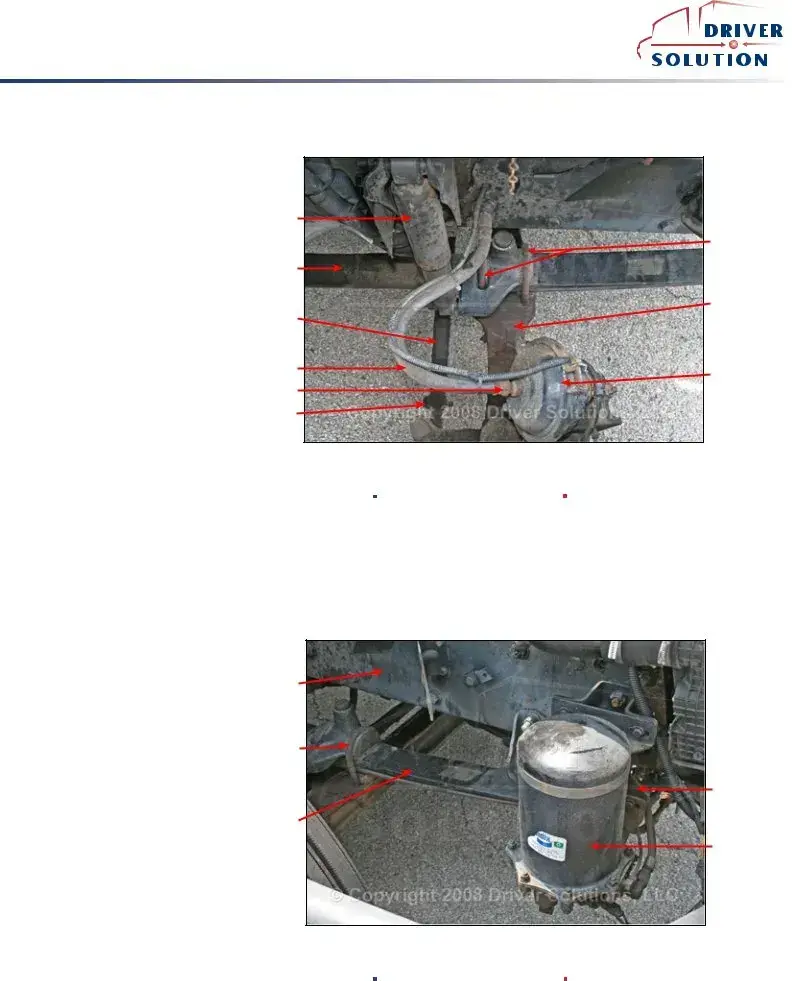
 ®
®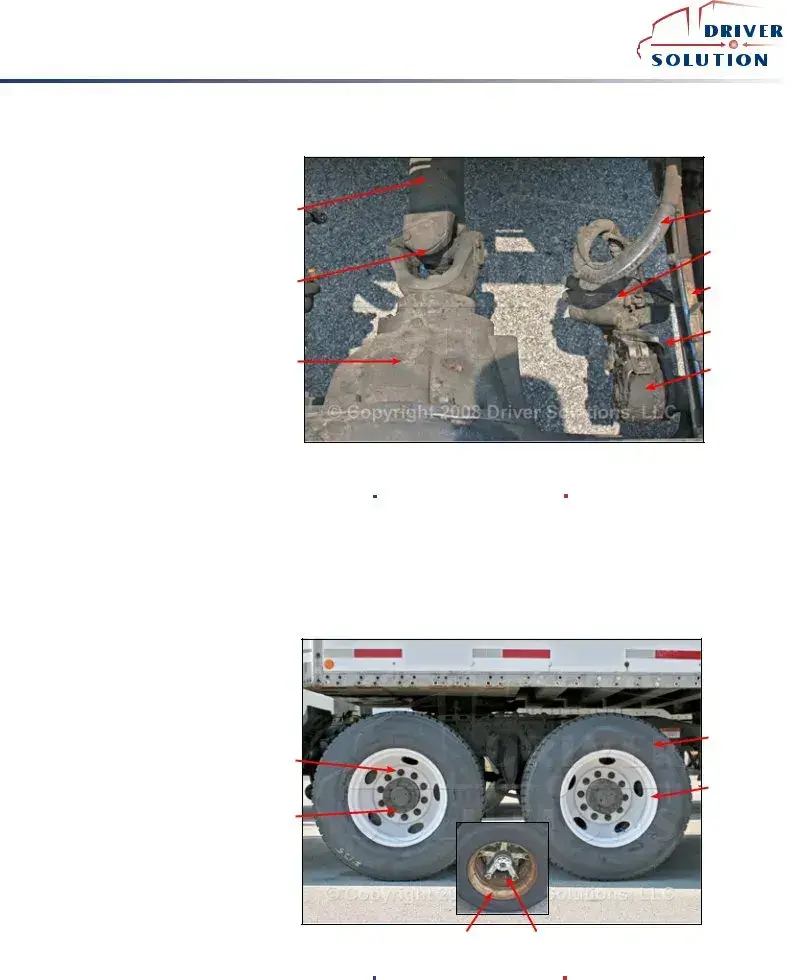
 ®
®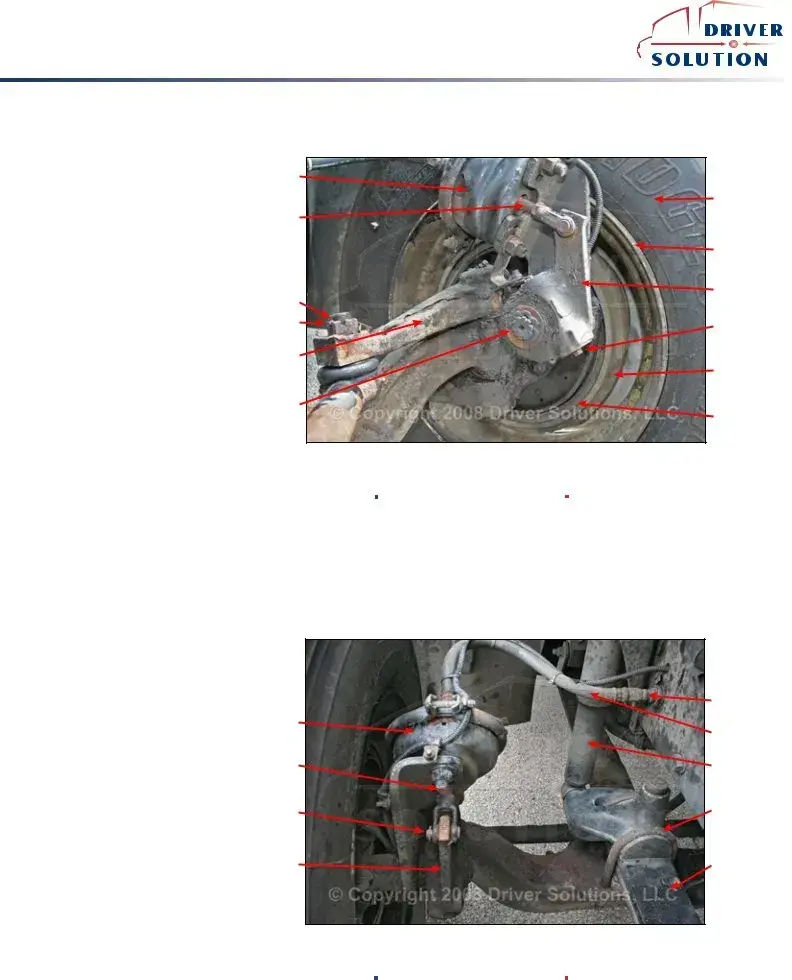
 ®
®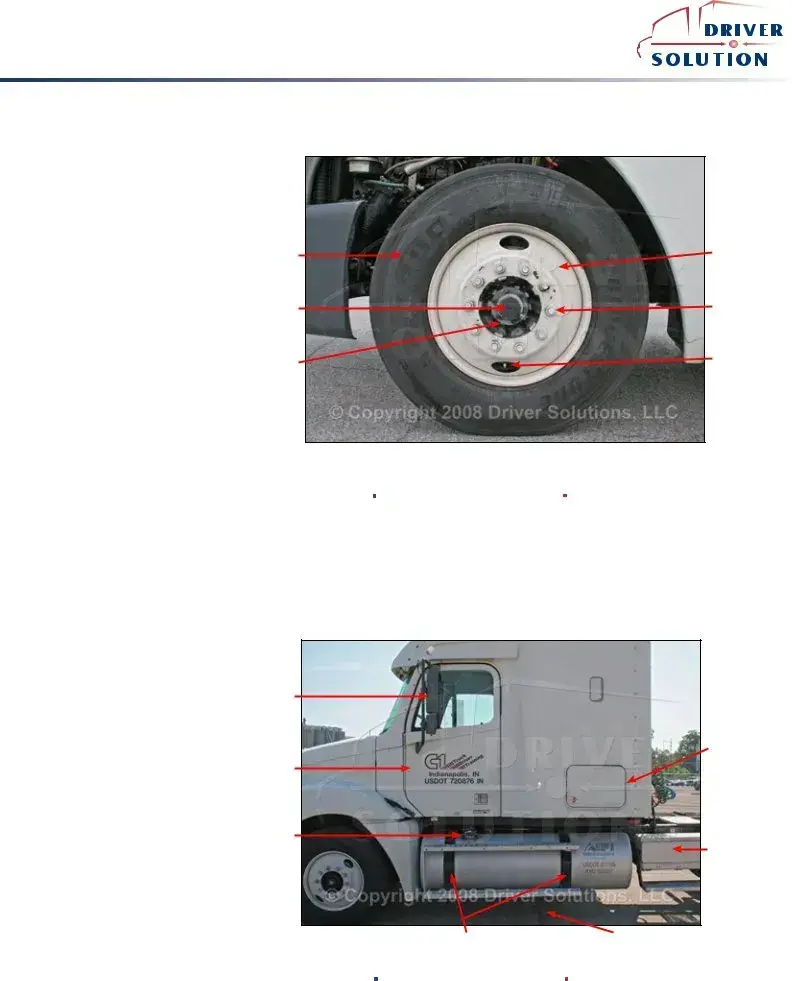
 ®
®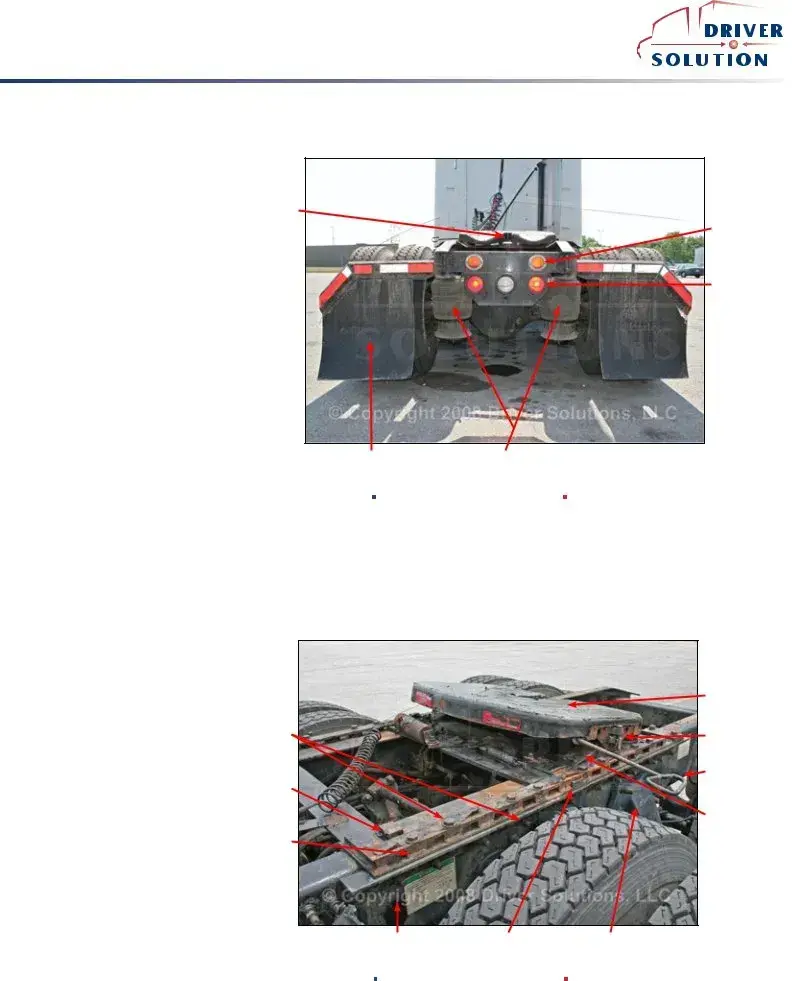
 ®
®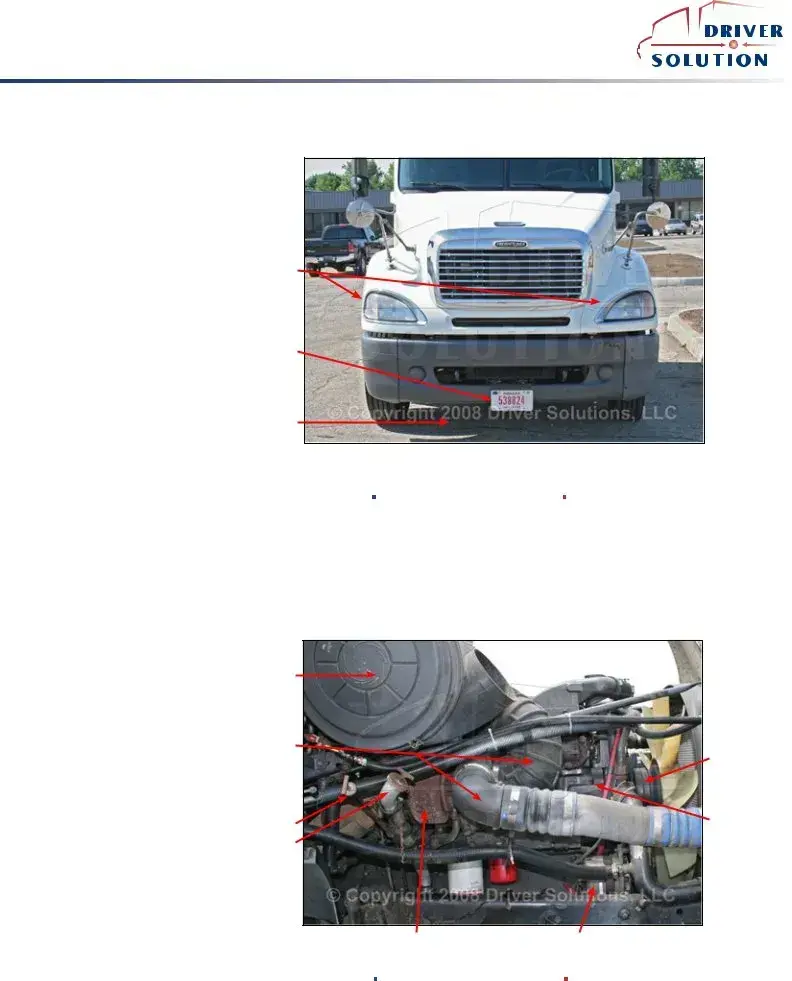
 ®
®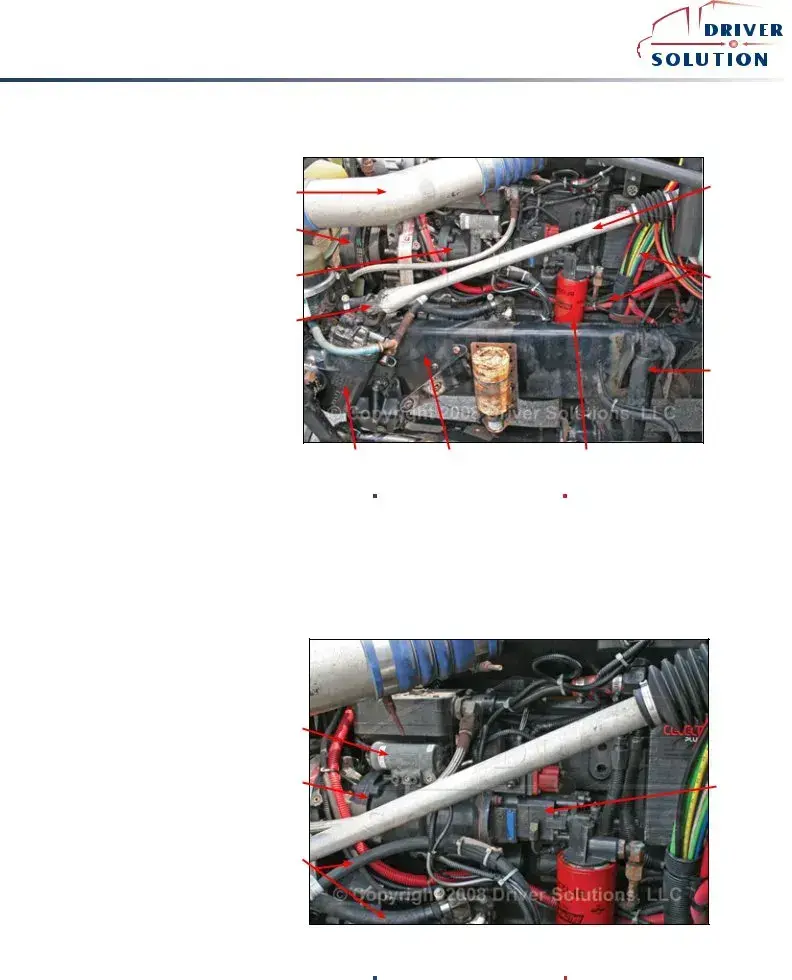
 ®
®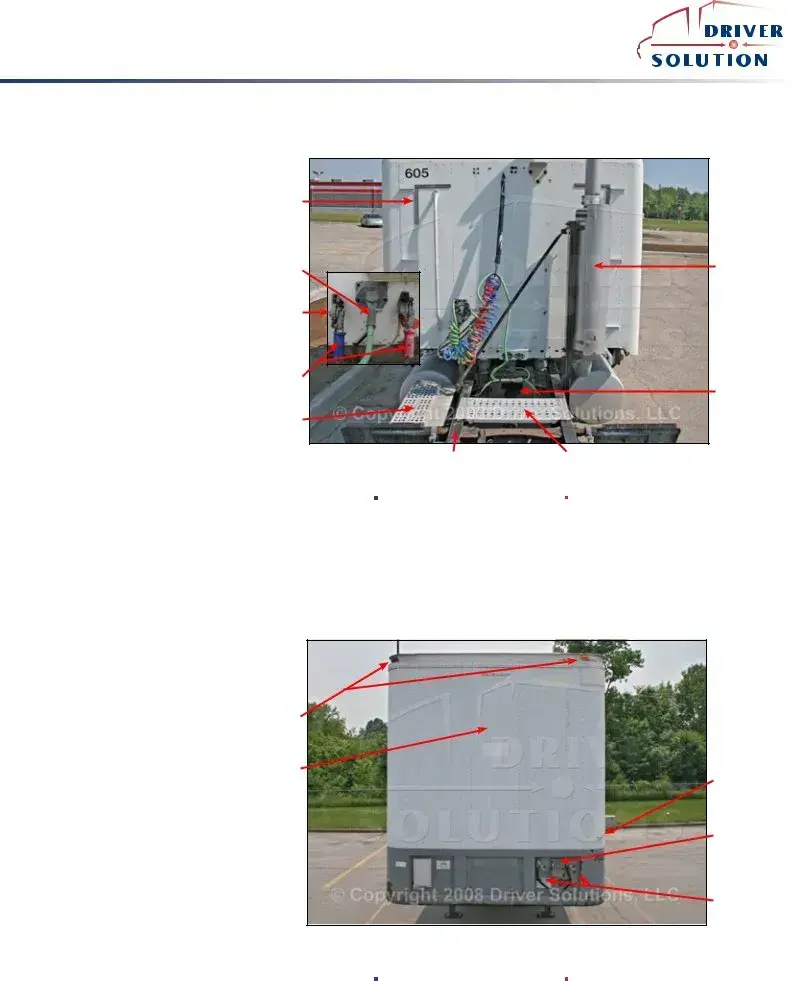
 ®
®